Technical Terms in Lighting
- Af Martin Mikkelsen
- Last updated 20. February 2024
Lighting technology is constantly evolving, and it’s important to understand the technical terms used in the industry. This is not just for those who work professionally with lighting and design, but also for private individuals and business owners who want to create thoughtful and effective lighting in their spaces.
Therefore, in this guide, we have compiled an overview of the most commonly used technical terms, so you can quickly get an overview of the different expressions and their meanings.
You also have the option to download our e-book, where we provide more great examples of how lighting can be used as an active part of the decor in professional spaces like retail environments, restaurants, and workplaces.
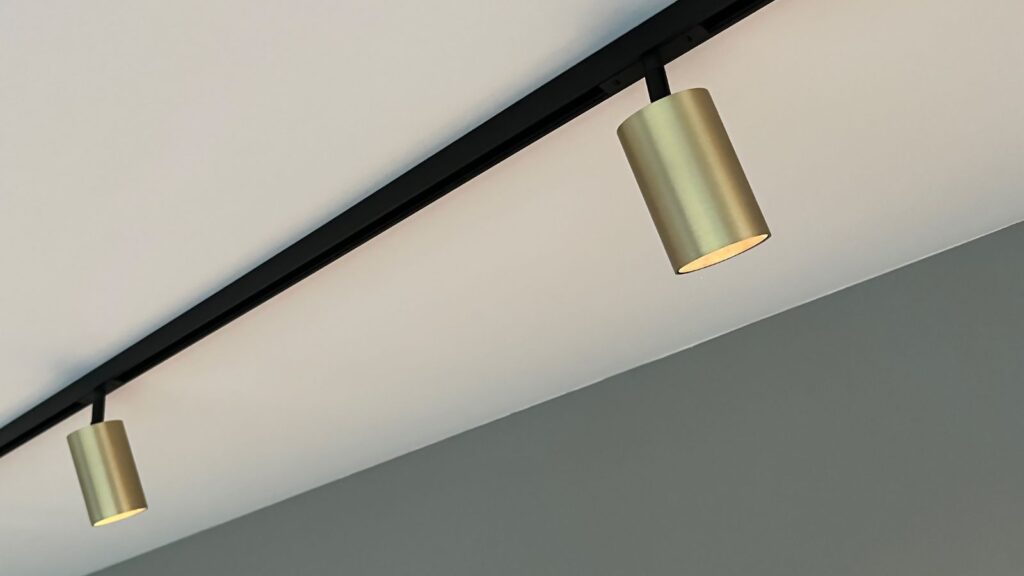
A bit about the author:
Martin Mikkelsen
Share post:
Related posts:
Introduction to Technical Terms in Lighting
Why is it important to have an understanding of the technical terms within lighting?
The correct lighting can greatly influence both the well-being and the experience of a space. This is true when we find ourselves in public spaces such as shops, restaurants, cafes, office spaces, meeting rooms, and so on.
But also in private homes, the right lighting is of great importance.
Here we guide you to gain a greater understanding of the technical terms. First, we delve into the importance of technical knowledge in commercial lighting and the role of lighting in private homes.

The Importance of Technical Knowledge in Commercial Lighting
Understanding technical terms within lighting is crucial for businesses, as the right lighting can significantly influence customer experience and employee well-being. In stores, lighting can highlight products and create an inviting atmosphere that attracts customers and boosts sales. Restaurants use lighting to set the mood and influence how guests perceive the taste of food. For hair salons, precise and flattering lighting is essential for customers to see the accurate results of the stylist’s work.
Lighting in commercial contexts also needs to be energy-efficient to reduce operating costs. A deep understanding of lumens, lux, and color temperature can help businesses choose solutions that are not only economically advantageous but also has environmentally advantages.

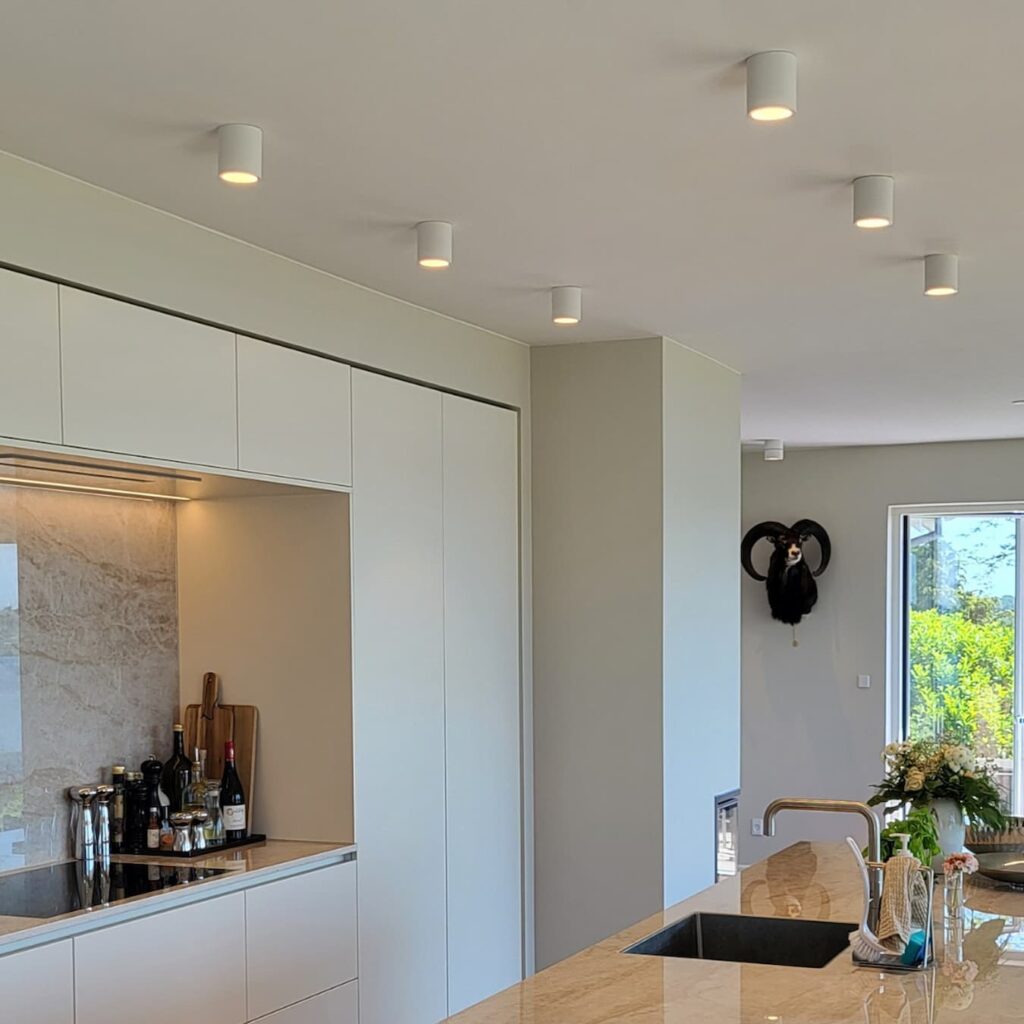
The Role of Lighting in Private Homes
In private homes, lighting is just as important but serves different purposes. This is where technical terms like CRI (Color Rendering Index) and Kelvin values become personal. A high CRI value in a lamp ensures that the colors in the home are rendered naturally, which is crucial for tasks that require color accuracy, such as makeup application or interior decorating. The Kelvin value affects the mood; warm colors create coziness, while cooler colors can enhance concentration in a home office.
Understanding lumens and lux is also important in the home to ensure that each space is appropriately lit without being over- or under-illuminated. This is not just a matter of aesthetics but also of safety and functionality. Proper lighting can reduce eye strain and improve the overall usability of the home.
Different Technical Terms in Lighting
Choosing the right lighting requires a deep understanding of these technical terms. With the right knowledge, you can create lighting solutions that are not only functional but also aesthetically appealing and energy-efficient.
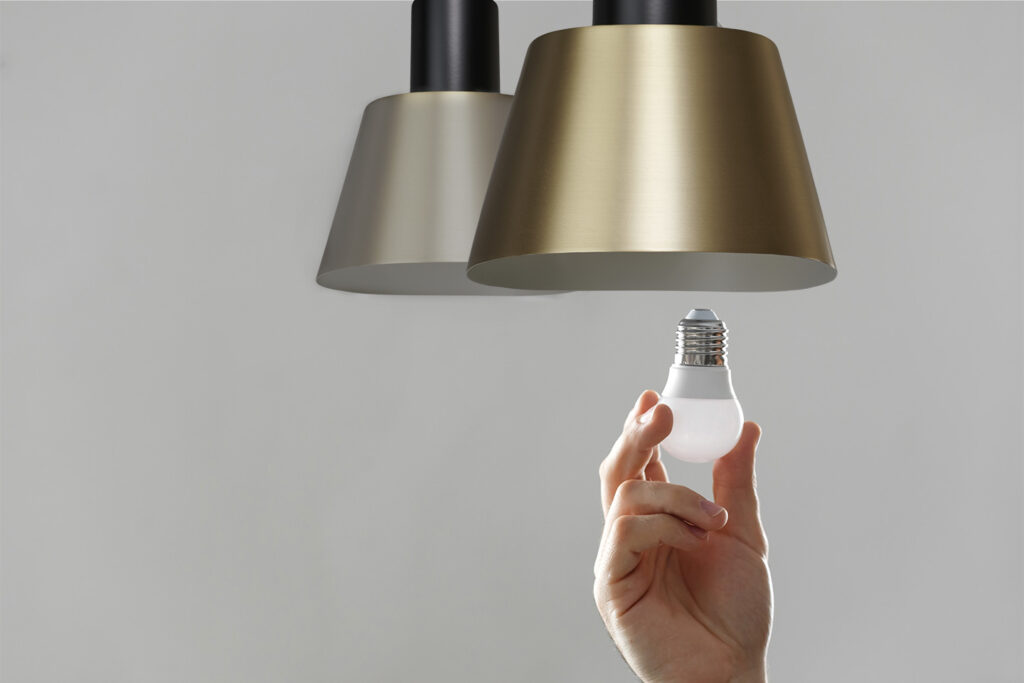
Light Sources:
The Heart of Lighting
Light sources are the foundation of any lighting solution. They range from traditional incandescent bulbs to modern LED solutions, and it’s important to understand the differences between them.
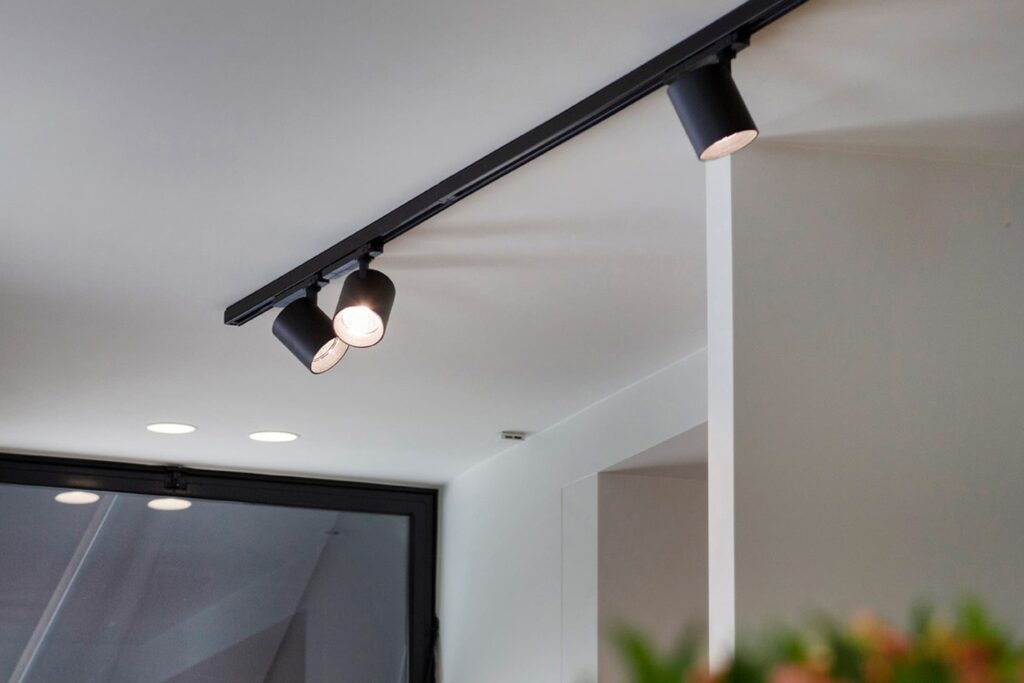
Color Rendering Index (CRI): The Truth of Colors
Understanding CRI is crucial for choosing lighting that accurately renders the colors in the space it illuminates.
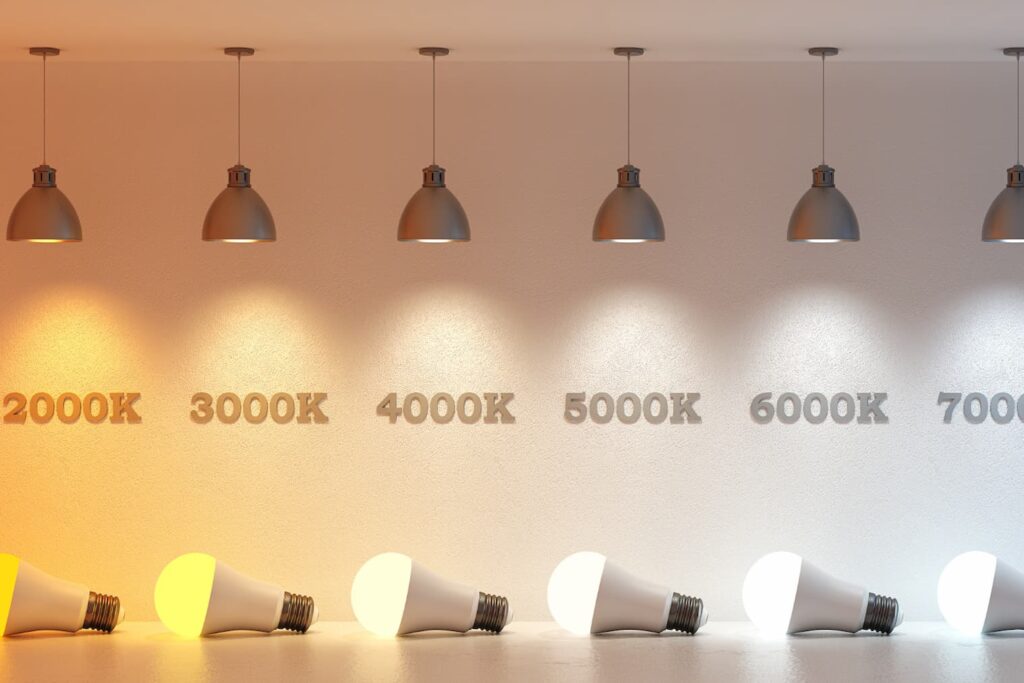
Kelvin:
The Scale of Color Temperature
Color temperature, measured in Kelvin, affects the atmosphere of a room and is essential for creating the desired aesthetic expression.

Lumen and Lux:
Measuring Light
Learn about how lumen og lux are used to measure light intensity and the effectiveness of lighting in a given area.
In addition to the already mentioned terms such as light sources, CRI (Color Rendering Index), Kelvin (color temperature), lumens, and lux, here are some additional technical terms that can be valuable to have knowledge of within lighting:
IP Rating (Ingress Protection Rating): This is a classification that indicates the degree of protection against solid objects and liquids. It is especially important for lighting in damp or outdoor environments.
Beam Angle: The beam angle describes the spread of light from a light source. Narrow beam angles create a focused beam of light, while wide angles provide more diffused lighting.
Dimmability: The ability to dim light sources is important for creating ambiance and reducing energy consumption. Knowledge of different dimming technologies and their compatibility with various light sources is useful.
Efficiency and Wattage: Understanding the relationship between a light source’s energy consumption (watts) and its light output (lumens) is crucial for choosing energy-efficient lighting solutions.
Lifespan: The lifespan of a light source, often indicated in hours, is important for understanding how often replacement is necessary and for calculating long-term value.
Having a deep understanding of these concepts can help both businesses and private consumers make informed decisions about lighting that meets their aesthetic, functional, and economic needs. In our data sheets for the different products, you can find information about these technical details.
Download our E-book
Free of charge
To further deepen your knowledge, you can download our e-book on professional lighting, which covers advanced topics within lighting technology.
We have written the book in an easy-to-understand language, to make it easier to understand technical terms within lighting, despite it not being something many deal with on a daily basis.
If you sign up to our newsletter, we will send you our E-book. Click un the botton below to sign up:
